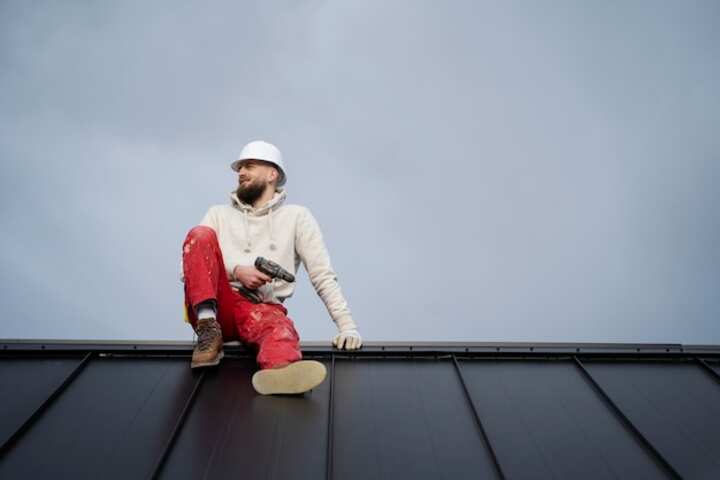
Expert Flat Roof Waterproofing Solutions for Lasting Protection
Flat roofs, known for their modern aesthetic and space efficiency, require specialized attention to ensure their durability and longevity. Without proper waterproofing, flat roofs are susceptible to leaks and water damage, which can lead to costly repairs and significant structural issues. This article delves into expert solutions for waterproofing flat roofs, offering insights into materials, techniques, and maintenance to provide lasting protection.
Understanding Flat Roof Challenges
Flat roofs present unique challenges due to their minimal slope, which can result in water pooling and increased vulnerability to leaks. Addressing these challenges requires a comprehensive waterproofing strategy tailored to the specific needs of flat roofing systems.
Common Issues Faced by Flat Roofs
- Ponding water: Accumulation of water due to insufficient drainage.
- Membrane damage: Cracks and punctures that can compromise the roof's integrity.
- Thermal expansion: Fluctuations in temperature causing material stress.
- UV exposure: Sunlight deteriorating roofing materials over time.
Explore further insights into these challenges here.
Effective Waterproofing Solutions
Implementing the right waterproofing solutions is crucial for maintaining the health and functionality of a flat roof. Here are some expert-recommended strategies:
Utilizing High-Quality Materials
Materials play a vital role in the effectiveness of a flat roof's waterproofing. Some popular choices include:
- EPDM Rubber: Known for its durability and resistance to UV rays.
- TPO Membranes: Offers energy efficiency and excellent waterproofing properties.
- Modified Bitumen: Combines traditional asphalt roofing with polymers for enhanced performance.
Find additional information on material selection here.
Application Techniques
Proper application is critical to ensuring a flat roof is effectively waterproofed. Advanced techniques include:
- Seamless Liquid Coatings: Provides a single, continuous waterproof layer.
- Flashing Installation: Essential for sealing joints and preventing leaks at edges and corners.
- Roof Deck Preparation: Ensures a smooth, clean surface for optimal membrane adhesion.
Read more about this topic here.
Maintenance for Lasting Protection
Regular maintenance is vital for sustaining the waterproofing effectiveness of a flat roof. Key maintenance practices include:
Routine Inspections
Regular inspections help identify potential issues before they develop into major problems. It is advisable to conduct inspections bi-annually and after severe weather events. Learn more in this detailed guide.
Prompt Repairs
Addressing minor damages promptly prevents them from escalating into larger, more costly repairs. This includes sealing minor cracks and replacing damaged sections of the roofing membrane.
Cleaning and Debris Removal
Keeping the roof clear of debris ensures proper drainage and reduces the risk of water pooling. This involves cleaning gutters, downspouts, and roof surfaces regularly.
Conclusion
Flat roof waterproofing requires a strategic approach that combines quality materials, expert application techniques, and regular maintenance. By addressing the unique challenges posed by flat roofs, these solutions can significantly extend the lifespan of a roof, offering peace of mind and protecting investments. For those seeking a deeper understanding of flat roof waterproofing, explore further insights here.